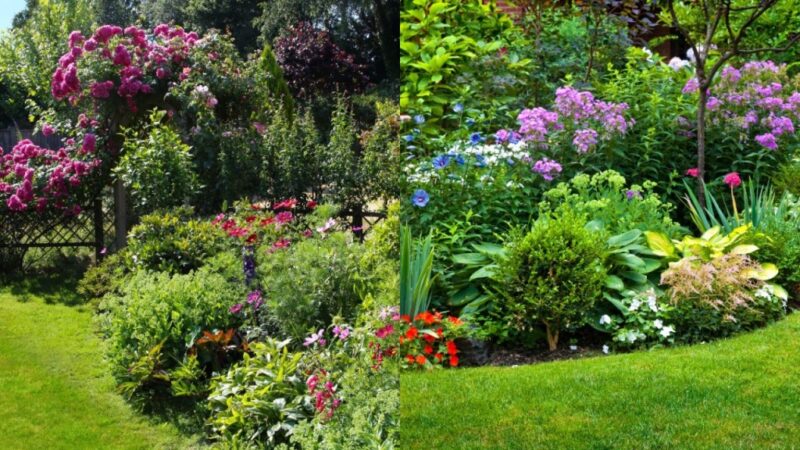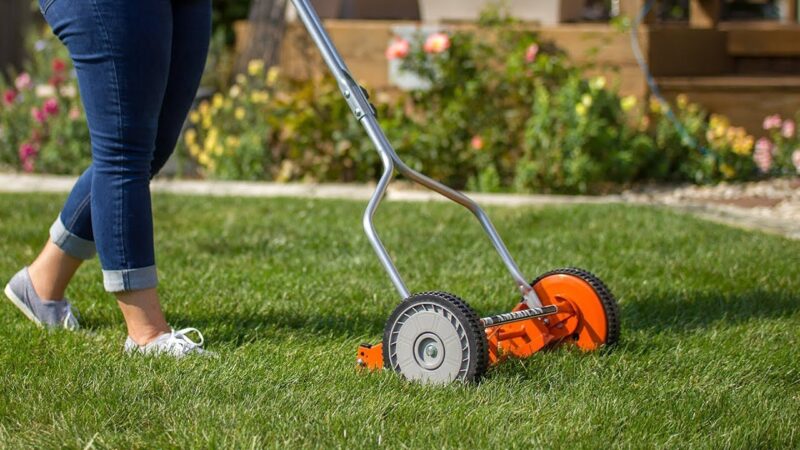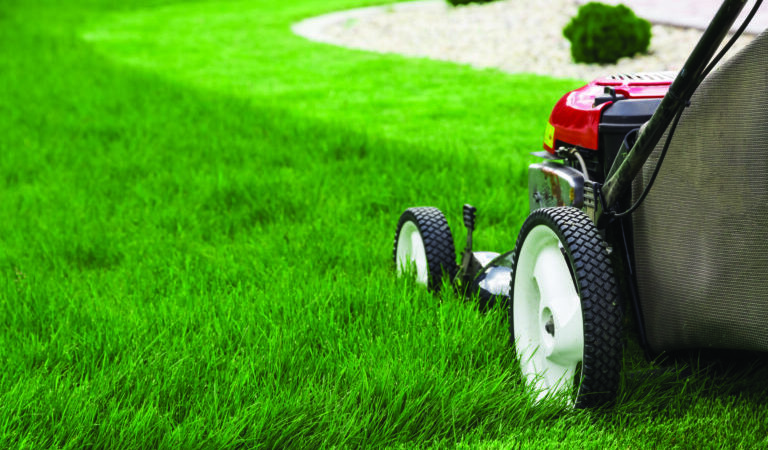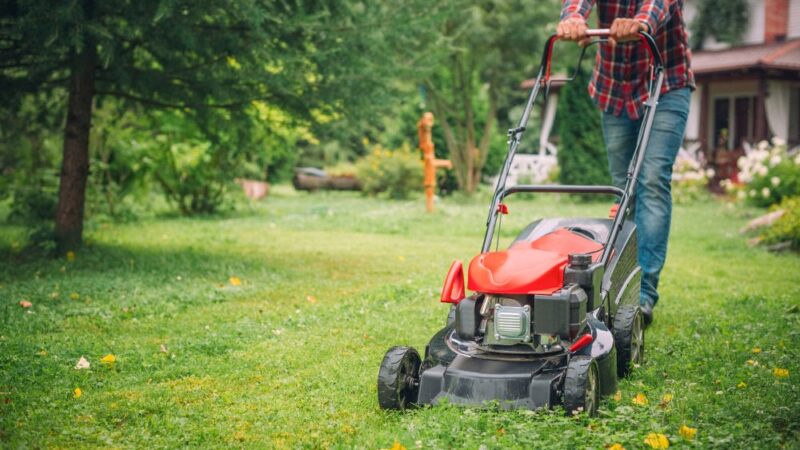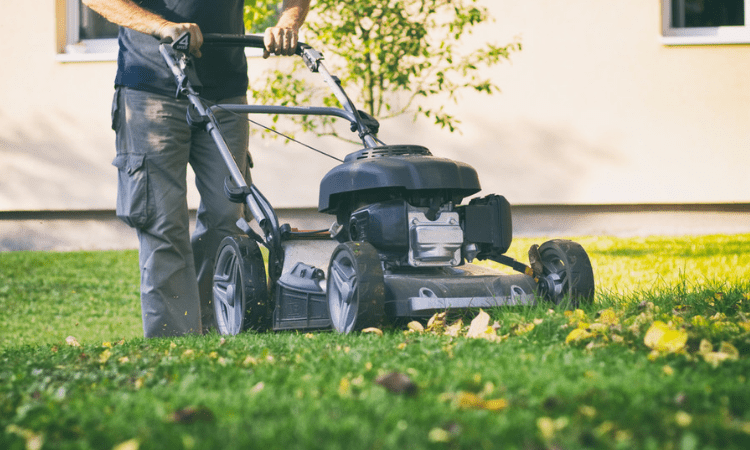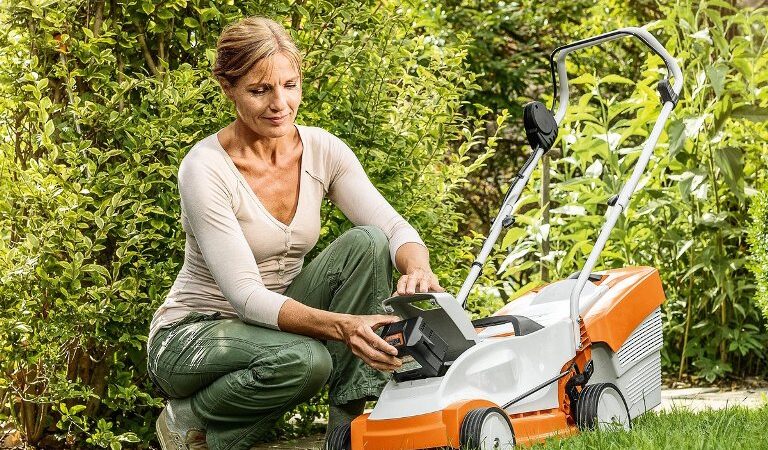How to Grow and Care for Mint Plant
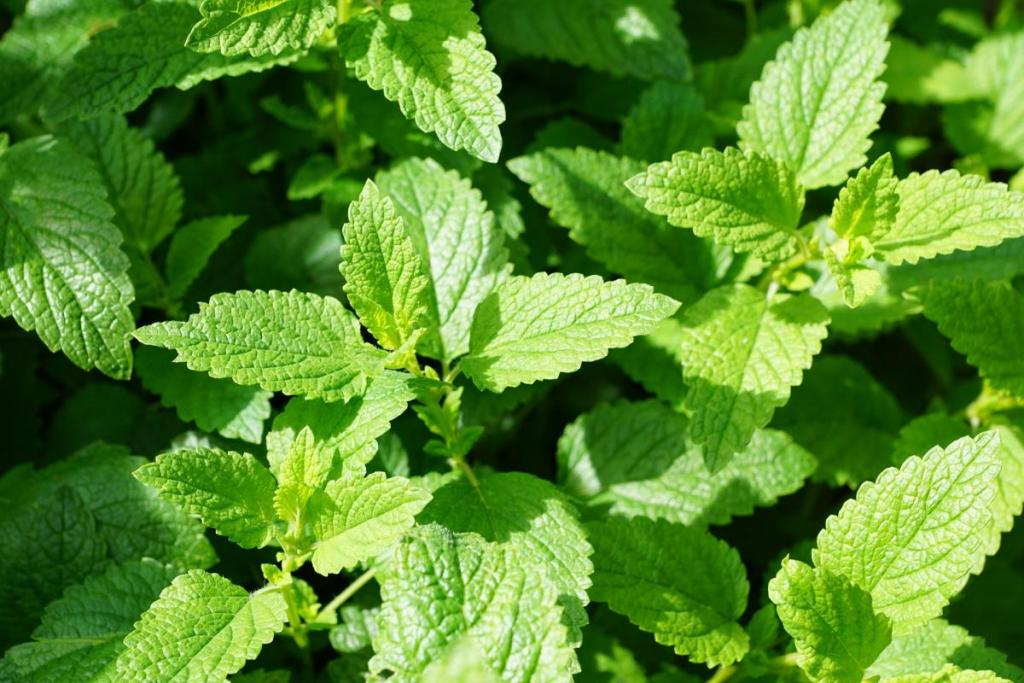
Mint is an herbaceous plant that belongs to the family Lamiaceae. Around 13-24 species of mint plants are said to exist. It belongs to the genus Mentha. Mint is a common garden plant in households all across the world. It has several benefits as a medicinal plant, and it is also used as a strong flavoring agent in various culinary practices. Mint and chocolate chip ice creams are and especially famous, yet unusual combo. Mint is also used as a flavoring item in non-food items such as toothpaste. If you have been looking for tips and tricks about how to grow mint, then you are in the right place.
Features of Mint Plant

Mints are perennial herbs that are grown all across the world; therefore, the genus is said to have a sub-cosmopolitan distribution. Whether it is Europe, or Africa, or Australia, mint is a common plant everywhere. The ability to grow and survive in almost any type of temperature and condition is what made this plant a universal phenomenon.
Mint has fragrant and toothed leaves. These leaves of the plant are often arranged in opposite pairs, and they usually have a serrated margin. Each plant is known to grow up to 3 feet in height. The stems of the plant are square-shaped. The plant bears flowers in different colors, including purple, pink, and violet.
There are many varieties of mint plant that can be grown at home including peppermint, spearmint, apple mint, ginger mint, horsemint, etc. mints are used for a variety of other purposes other than being used in cuisines and medicines such as garden covers, ground covers, air fresheners, etc. their fruity and aromatic scent would definitely be a nice addition to your home.
How to Grow Mint Plant
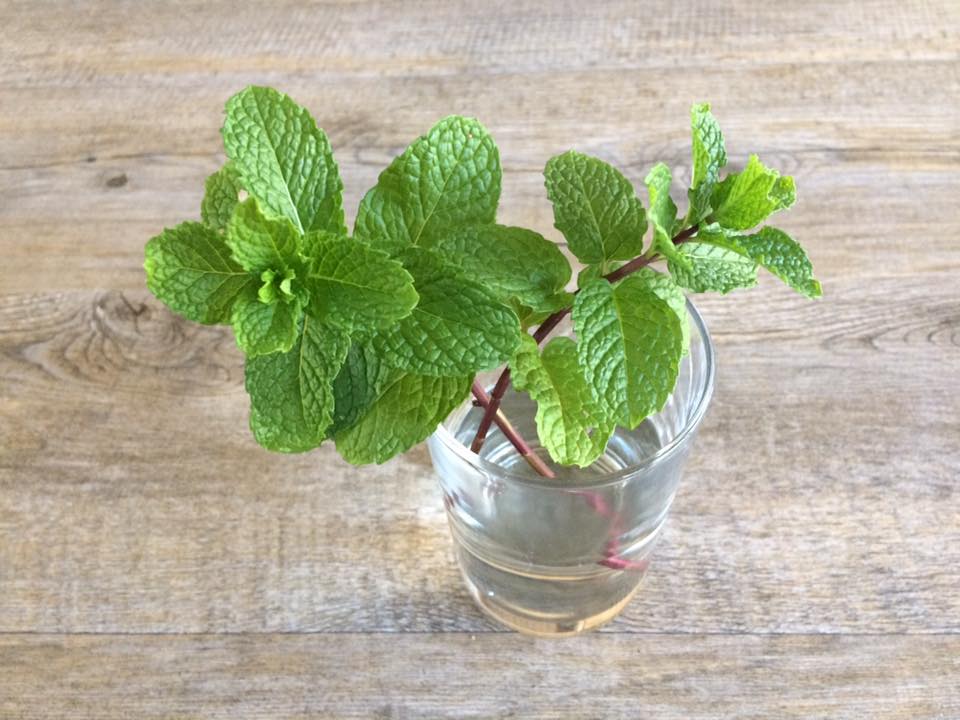
Being perennial plants, the most important thing that mint plants need is soil with good drainage. Thick and clay soil cannot support the proper growth of mint plants. While some varieties of mint require full sun, others grow best when they receive partial shade. The ideal requirement for most plants is to choose a place where they get enough light during the morning sun and only partial shade in the afternoon light. If you are growing the plant in your balcony or terrace, then you can just grow each plant in a separate container. However, if you’re growing the plant on the ground, make sure that each plant is at least a distance of 2 feet apart from the other. In garden beds, applying some mulch will keep the plant from spreading.
Watering the Plant
As long as you regularly water the plant, there is nothing to worry about. Even though mint plants require well-drained soil, you should also make sure to keep the soil moist at all times.
Fertilizing and Aftercare
Even though mint plants require very little maintenance once they have been established, fertilizer is only required in cases like when the plant is being commercially harvested in large quantities. All-purpose, slow-release, and granular fertilizer is best recommended.
Please note that regular watering is absolutely necessary to ensure the proper growth of the mint plant. It is also important to keep the soil lightly moist at all times. Mint plants die in dry soil.
There are about 7500 known varieties of mint. Each variety is grown for a different purpose. Some are grown as trees, some as shrubs, some just as garden covers, and others for ornamentation.
When you grow two varieties of mint together, both will lose their unique flavor, so make sure not to grow different varieties in the same place or next to each other. The best option is to grow them in a pot or container to avoid spreading.
